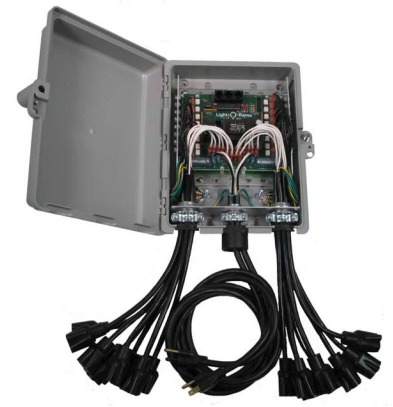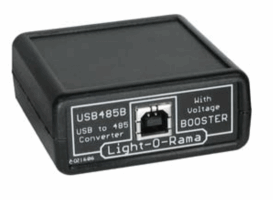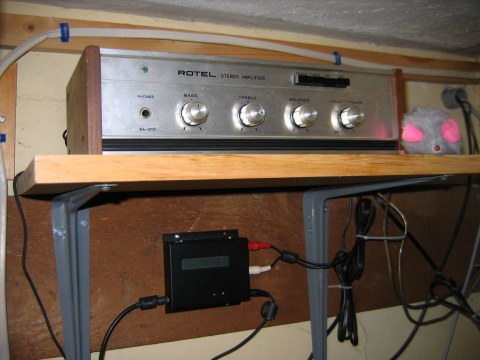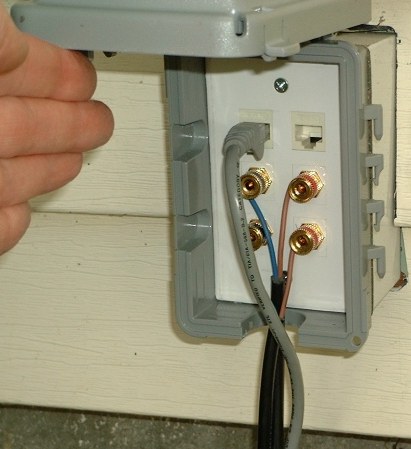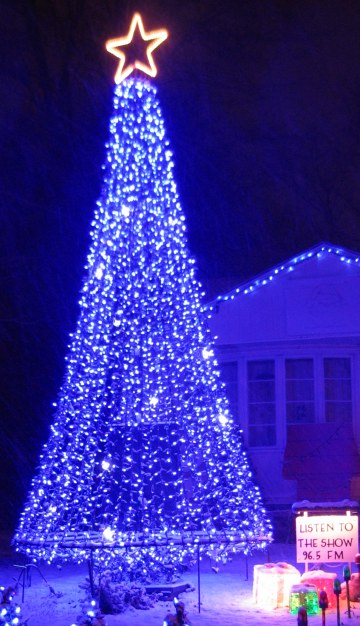|
|
|||||||||
 |
|||||||||
|
Our display is controlled by a computer which plays the music and sends commands over a network to light controllers. We currently have 19 controllers that each have 16 light circuits for a total of 304 individually controlled circuits. The items in our display are a combination of home made and commercially available products. The heart of the system is software and controllers from Light-O-Rama (LOR). This solution allows you to control Christmas lights (either incandescent or LED), spot lights, and other display items. The actions of the various items can be synchronized to music. The LOR software suite allows creation/editing of animation or musical sequences. It also includes utilities to create and schedule shows, run the show, and test the hardware/lights. Light actions that can be done on each circuit are: On, Off, Fade up, Fade down, Twinkle, Shimmer, and more. Different circuits can perform different actions simultaneously. |
|
|
|
|
|
Each LOR controller on the network is assigned a unique 2 digit Hex address. Up to 240 controllers can be on a single network. You can have more than one network by adding additional EIA-485 adapters to the computer that runs the show. This allows many 1,000s of channels! LOR also offers standalone show players so you do not need to run a PC for your show. You can download the show sequence and music files onto a SD card and insert this into the show player. See the LOR site for details. |
|
|
|
|
|
|
|
You can see a sign that displays the FM frequency next to the Megatree. This is important so visiters know that they can tune the FM radio in their car to listen to the show! The sign is a piece of corrugated plastic (coroplast) with black vinyl lettering cut on a Cricut machine. A short piece of PVC pipe and a couple of end caps hold 4 C9 type light bulbs to light the sign. The PVC pipe was cut lengthwise a couple of times on a table saw to allow light out of the bottom. After the end caps were glued on the outside was painted with black paint. |
Leaping ArchesLeaping Arches are a nice addition to a Christmas Light display. An easy way to make them is to wind light strings on sections of black plastic pipe. Each section is then slid over a thinner gray PVC electrical conduit to make the arch. 4 foot lengths of rebar are driven into the ground to hold the PVC pipe. The pictures below show a completed arch and the segments. |
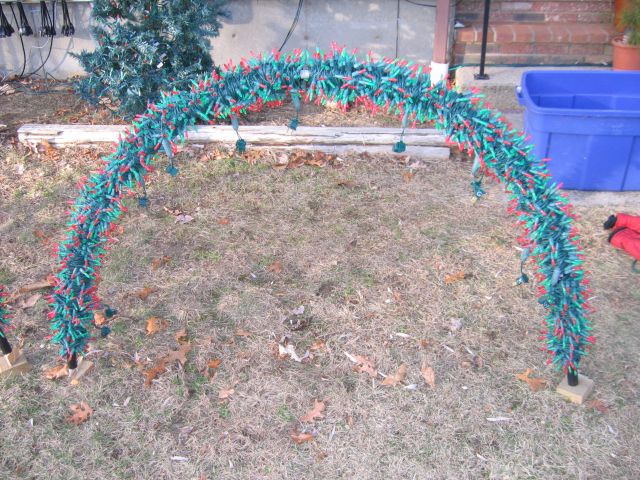 |
||||
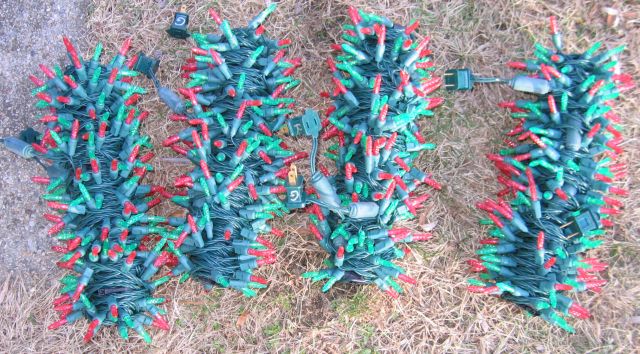 |
||||
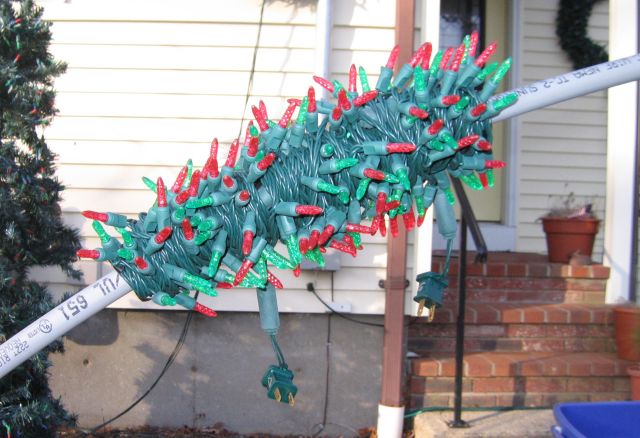 |
||||
|
I used two colors, red and green, for the arches. LED strings of 100 lights are used for each color on each segment. 8 segments are used per arch, a single 16 channel Light-O-Rama controller is used for each arch. |
||||
|
[Home] [Pictures and Info] [Directions] [Links] [Technical] [Donations] |
